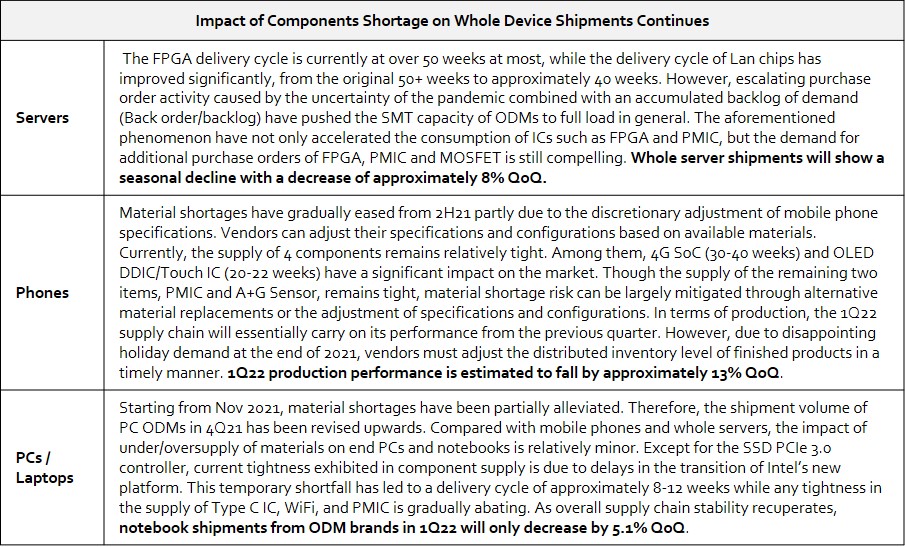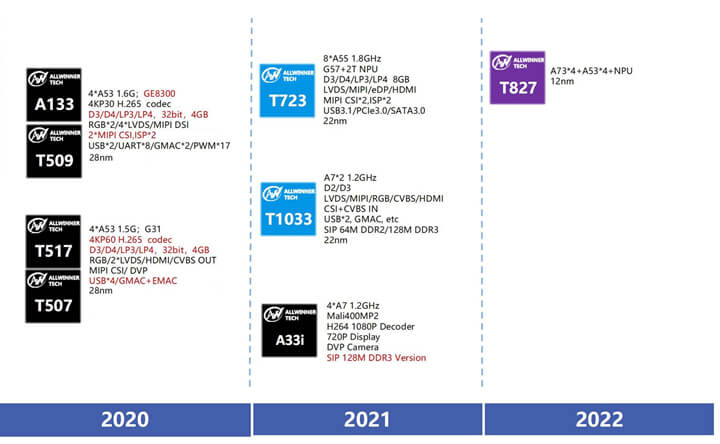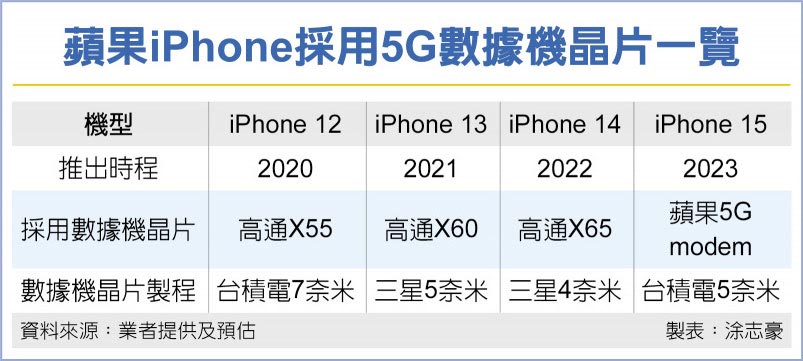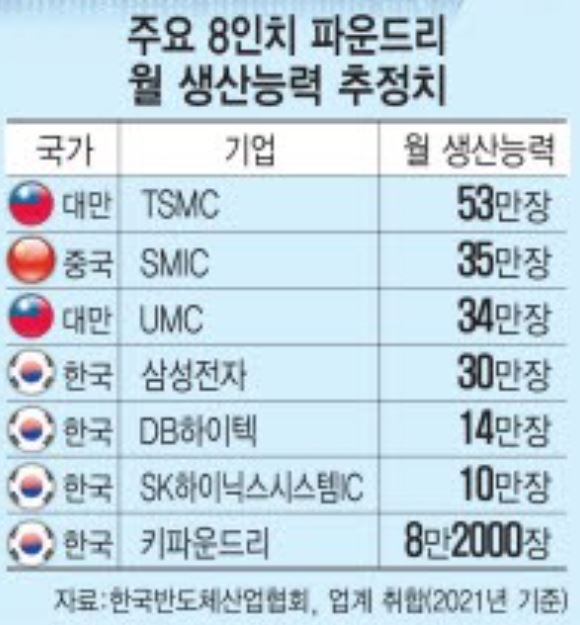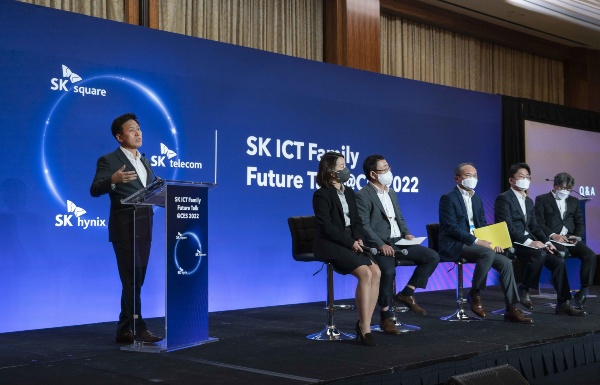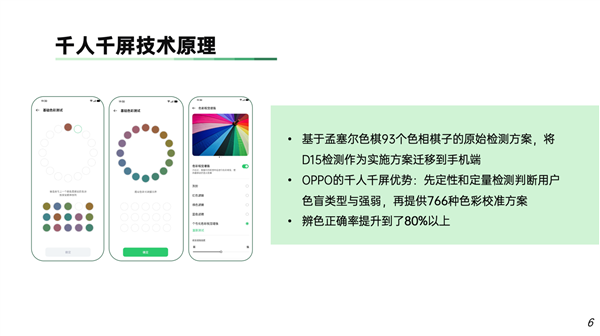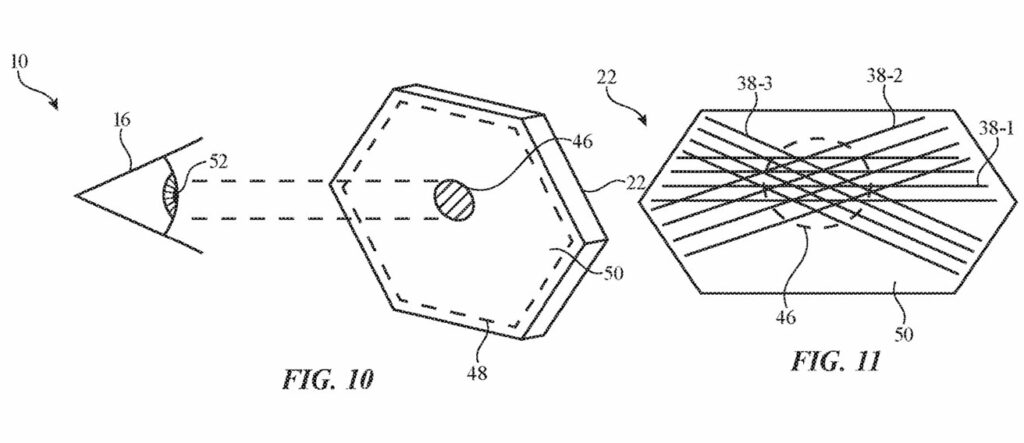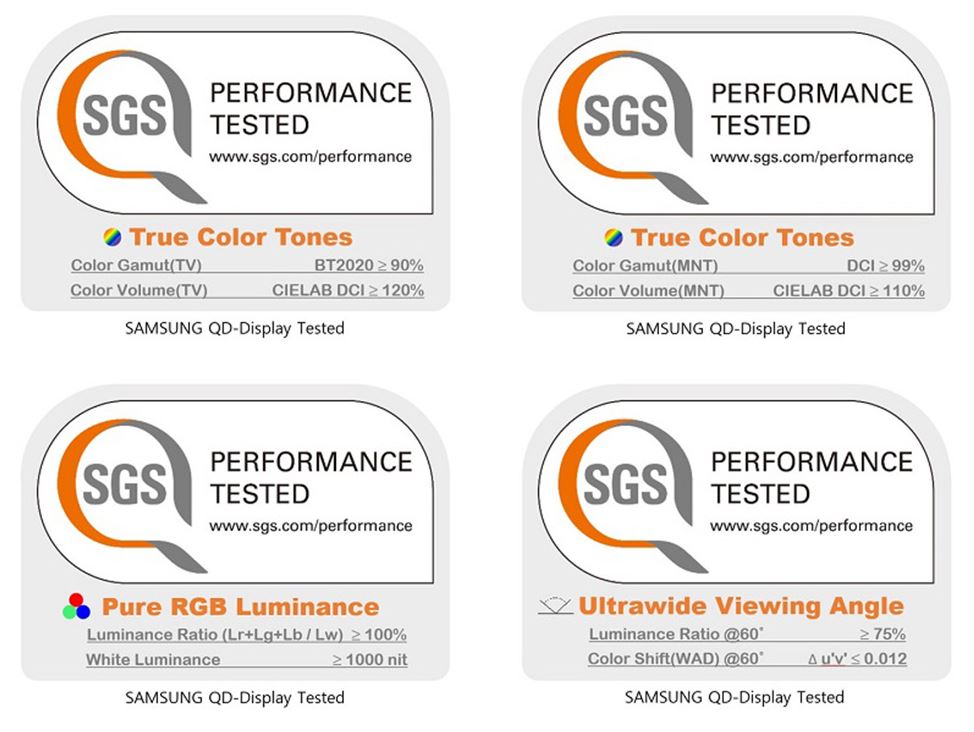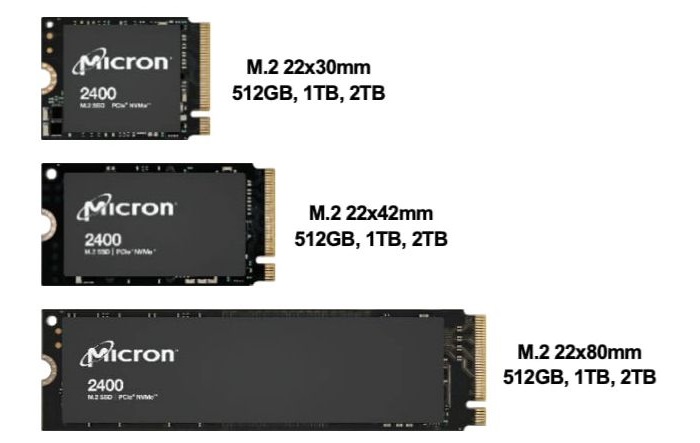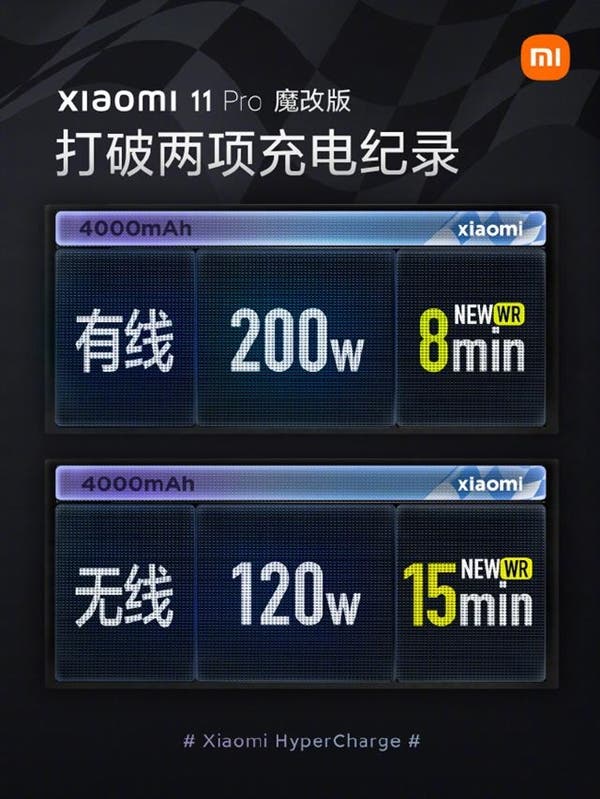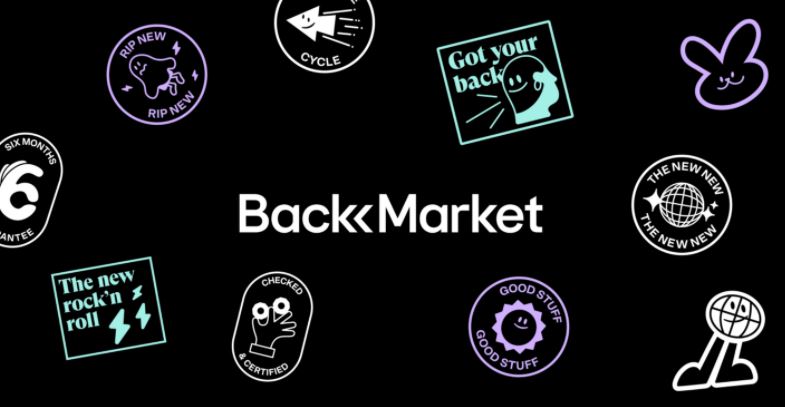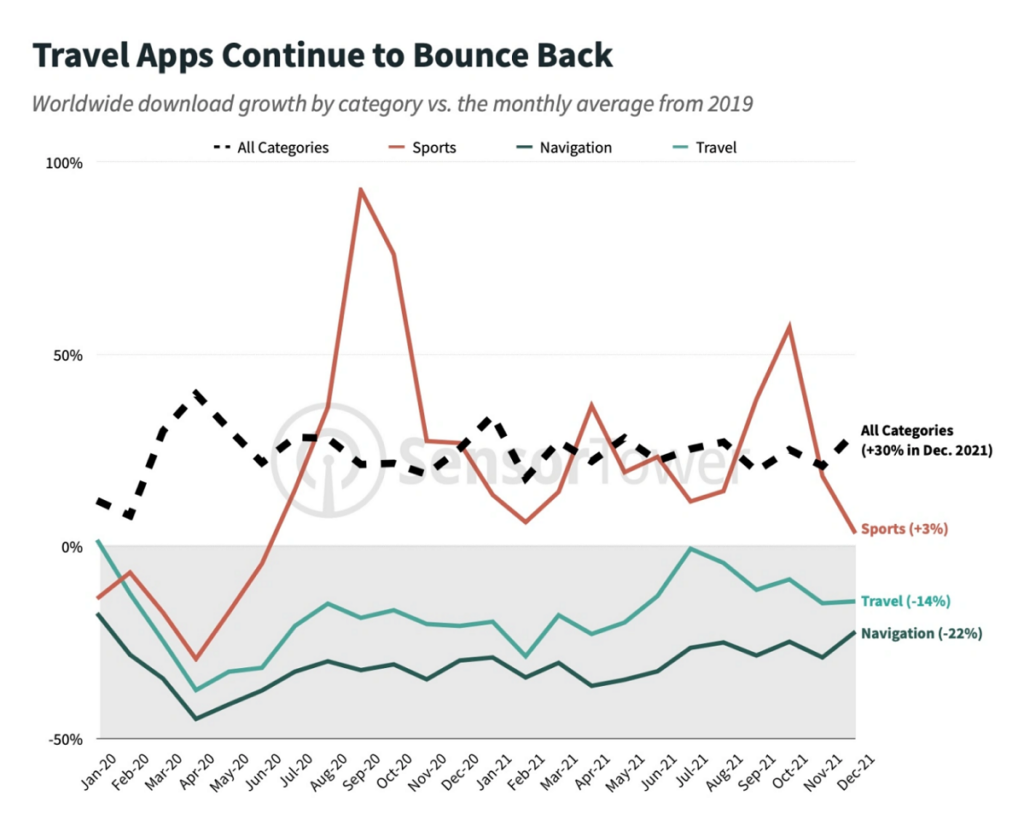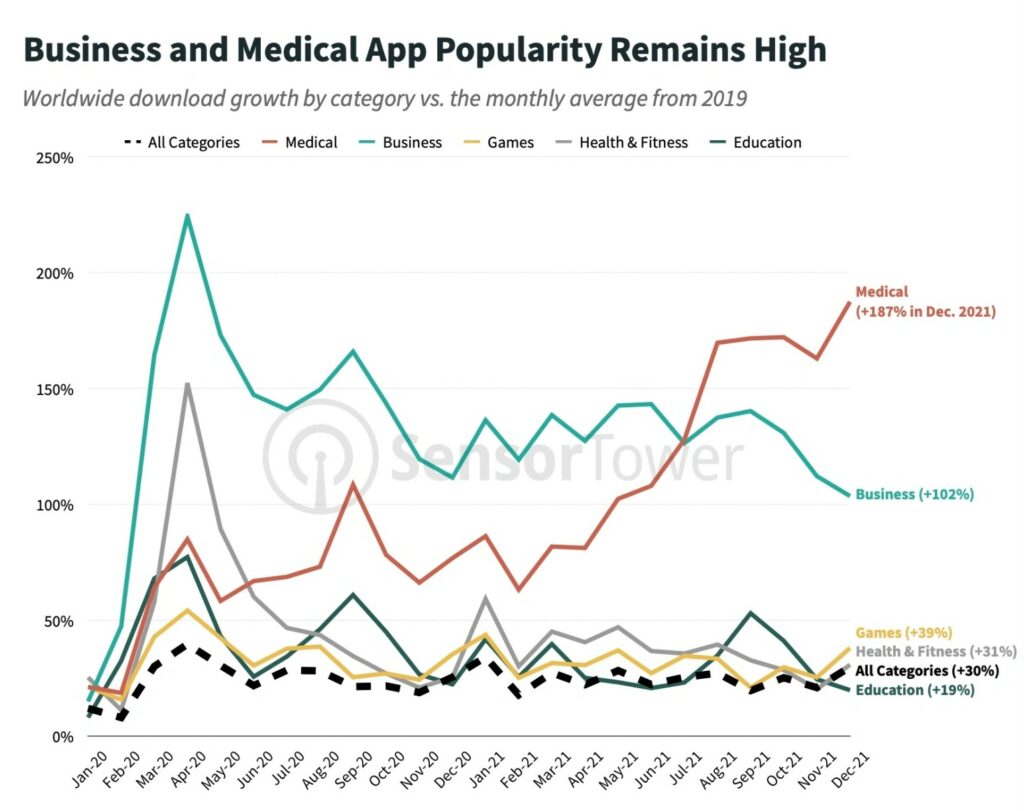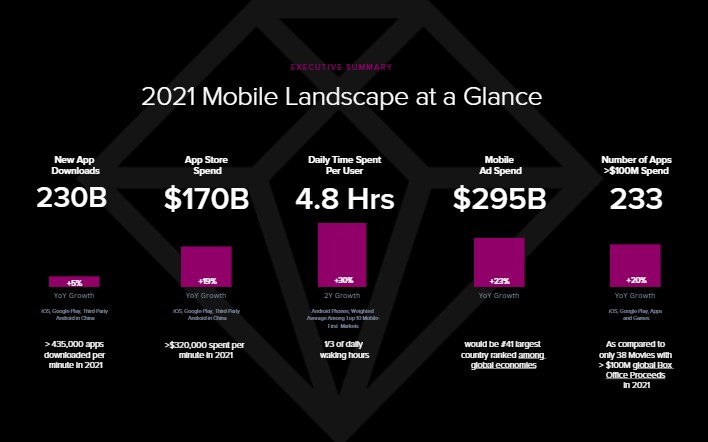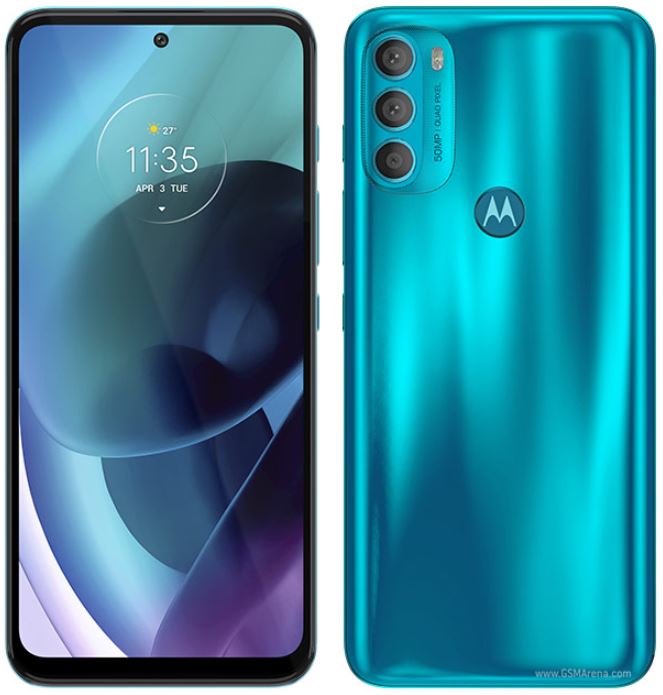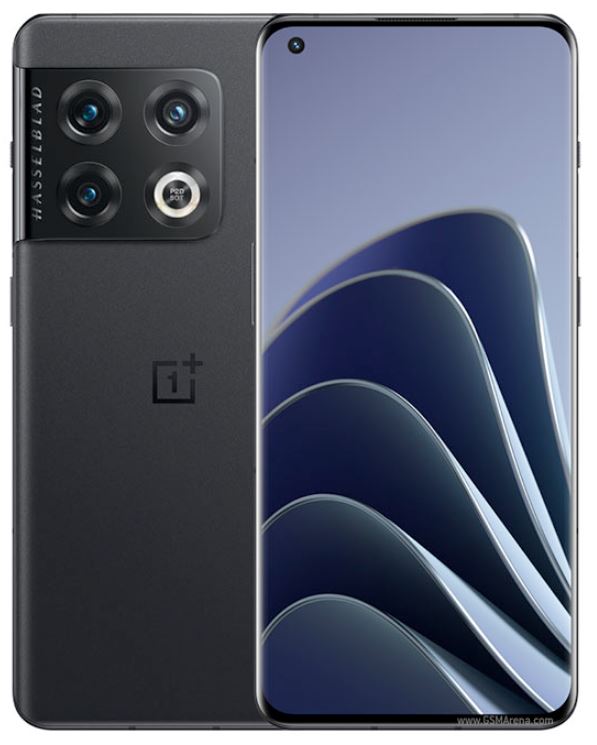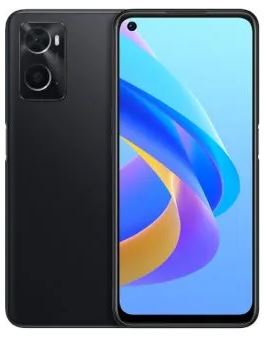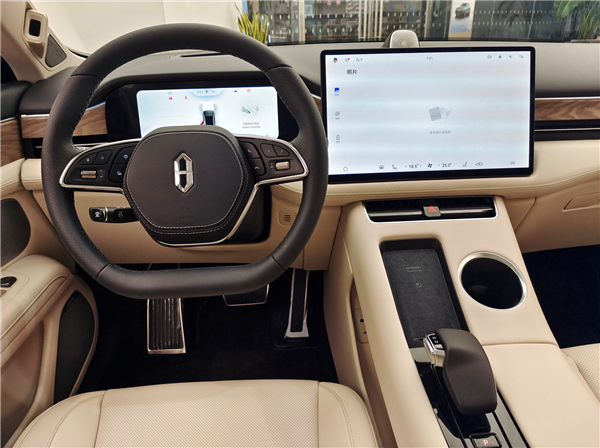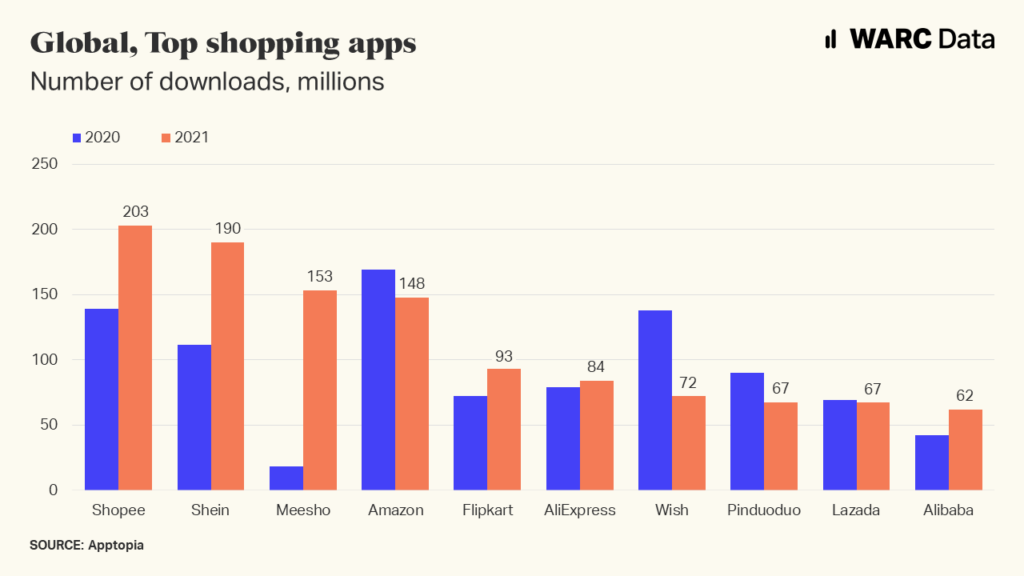
1-12 #Stay4CNY : Apple’s iPhone 15 to be released in 2023 will allegedly use Apple’s self-developed chips for the first time; OPPO and Xiaomi are reportedly already experimenting with 200W fast charging; Samsung Electronics has allegedly set up a dedicated team within the company to study the Chinese market and relevant marketing strategies; etc.
Huawei claims it will be moving forward in the chip market once again in 2022, and for fans to stay tuned to the release. Huawei will be launching a new HiSilicon chip again in 2022 and whether it will still bear the Kirin name or another fancy new one like “Skylight” still remains to be seen. (Gizmo China, iFeng)
Driven by forces such as the pandemic, geopolitics, and the digital transformation of everyday life, there has been a shortage of global foundry production capacity for nearly two years and shortages have been especially severe for mature 1X~180nm nodes, according to TrendForce. Although all foundries are furiously increasing capital expenditures to expand capacity, unrealized future expansion does not ease existing supply issues. In addition, the uneven distribution of supply chain resources that has exacerbated the shortage of parts and components has yet to be definitively alleviated. Circumstances as a whole will continue affecting shipments of related whole devices. Only the PC category is expected to emerge largely unscathed in 1Q22. Moving into 1Q22, TrendForce states, due to the limited increase in production capacity, the market’s supply situation is expected to be approximately the same as in 4Q21. However, some end products have entered their traditional off-season cycle and the slowdown in demand momentum is expected to alleviate the immediate pressure on OEMs and ODMs regarding supply chain stocking. (CN Beta, TrendForce, TrendForce)
AllWinner Technology has revealed that 12nm CPU-related products are in the research and development stage, and there is no detailed timetable for now. In addition, AllWinner has also stated that the company’s chip products are universal, and downstream customers generally have multiple products in multiple application fields, so it is impossible to accurately count the proportion of downstream applications. The D1 chip developed by Allwinner based on the RISC-V architecture core has been mass-produced, and development boards equipped with this chip have been sold one after another, which can be adapted to multiple operating systems including Hongmeng according to customer needs. (CN Beta, Laoyaoba, EE World)
Apple’s iPhone 15 to be released in 2023 will allegedly use Apple’s self-developed chips for the first time. In addition to the A17 will use TSMC’s 3nm process technology, its self-developed 5G baseband chip will also use TSMC’s 5nm, while the self-developed RF IC will be Using TSMC’s 7nm process. Apple iPhone 14 to be released in 2022 will reportedly still use Qualcomm’s X65 baseband to transition. Based on Apple general volume of about 200M iPhones per generation, the total 5nm wafers used in the first-generation 5G modem chips of the iPhone 15 will reach 150,000 units. The number of pieces will be 80,000 pieces for 7nm RF ICs. Overall TSMC’s 5nm and 7nm production capacity is expected to be fully loaded all the way to 2024. (CN Beta, BNext, China Times)
KeyFoundry’s reservations has been fully booked for semiconductor production line in 2022. KeyFoundry receives orders for consignment production of semiconductor fabless on a yearly basis. It is providing products to customers who already entrusted the production by the end of the year. DB HiTek, which receives reservations every 6 months, also closed its production line by the second quarter. The demand for foundry has not decreased when examining the order status from the third quarter. Foundry reservations for the third and forth quarters are also expected to be completed as soon as the companies start accepting the reservation. Samsung Electronics and SK Hynix System IC are in a similar situation. Key Foundry and DB HiTek are securing additional production capacity by introducing new equipment, increasing production line efficiency, and improving manpower management. However, it is insufficient to respond to demand as the additional amount is limited to a maximum of 10,000 wafers per month from 5,000 wafers. A rise in 8” foundry prices is inevitable. The 8” foundry prices were estimated to have increased by 20-40% in 2021. The market for the foundry supplier is expected to continue this year as orders are pouring in. (My Drivers, ET News)
SK Telecom, SK Square, and SK hynix launched the “SK ICT Alliance” to jointly develop and invest in ICT convergence technologies, and create global market opportunities. The alliance comes as SK hynix celebrates the tenth year since joining the SK Group and SK Square successfully spun off from SK Telecom, marking the beginning of a new era of synergies between semiconductor, telecommunication and investment. With the aim to secure global competitiveness in diverse ICT areas such as semiconductors, 5G and AI, the three companies plan to carry out joint business activities in the global market by leveraging SK Square’s innovative investment, SK Telecom’s AI and 5G technologies and SK hynix’s future semiconductor technologies. (EE Times, Laoyaoba, Korea IT Times)
Samsung Electronics is expected to announce large-scale merger and acquisition (M&A) deals soon. German chipmaker Infineon Technologies and Dutch semiconductor company NXP Semiconductor have emerged as Samsung’s M&A targets as it aims to foster its non-memory business. When asked about the possibility of M&A deals, Han Jong-hee, vice chairman of Samsung Electronics’ DX Business Division, has indicated that they will be able to deliver good news soon. Candidates include Infinion and NXP, which make microcontroller units (MCUs) and power management integrated circuits (PMICs) for automobiles. (Laoyaoba, Business Korea, Swarajya)
OPPO has successfully developed a color vision enhancement technology and integrated the industry-recognized professional-level visual detection solution “Munsell Color Chess” into mobile phones for the first time. This has been integrated with the capabilities of the matrix mapping method. Based on the LMS color space, a set of detection algorithms that conform to the visual characteristics of the human eye have been constructed, which can meet the needs of most color-impaired people. The technology has been dubbed “Thousands of People and Thousands of Screens” and its unique bit is that it helps identify both the type and severity of a user’s color blindness. This characteristic has actually helped increase the ability of users to distinguish colors from 20% to 80%. (Gizmo China, My Drivers, GizChina)
Apple’s patent titled “Tunable and foveated lens systems” suggests that smart glasses or a headset could potentially adjust its lenses to correct the wearer’s vision. In effect, the hardware would be usable without requiring the user to wear glasses with prescription lenses at all, nor have any long-term changes to the setup that cannot quickly be changed. Apple’s proposal is to use a stack of lenses for each eye, which can be a liquid crystal adjustable lens along with a non-liquid-crystal adjustable lens, such as a fluid-filled lens or an Alvarez lens. The liquid crystal lens could include multiple cells filled with voltage-modulated optical material, sandwiched between transparent substrates and surrounded by electrodes. (CN Beta, Apple Insider)
Samsung Display has announced that its QD (Quantum Dot)-Display, the new standard for next-generation TV picture quality, was certified by SGS, a world-leading certification company. The QD-Display, which Samsung Display began mass producing in November, received three certifications for its True Color Tones, Pure RGB Luminance and Ultrawide Viewing Angle – meaning the QD-Display is certified to accurately portray the true tone of all natural colors with a clear, bright screen at any viewing angle. (Laoyaoba, The Verge, OLED-Info, Samsung Display)
Micron has announced it has begun volume shipments of the world’s first 176-layer QLC NAND SSD. Built with the most advanced NAND architecture, Micron’s 176-layer QLC NAND delivers the industry’s leading storage density and optimized performance for a broad range of data-rich applications. Designed for use cases spanning client and data center environments, Micron’s transformative new NAND technology is now available with the introduction of the Micron 2400 SSD, the world’s first 176-layer PCIe Gen4 QLC SSD for client applications. The new 176-layer QLC NAND will also be incorporated into select Micron Crucial consumer SSDs, and available as a component for system designers. (CN Beta, Micron, Tom’s Hardware)
OPPO and Xiaomi are reportedly already experimenting with 200W fast charging. Moreover, both have plans to promote commercial use. Xiaomi has demoed 200W wired and 120W wireless charging solutions. The 200W cable can charge 100% (4000mAh) in 8 minutes, 10% in 44 seconds, and 50% in 3 minutes. In addition, Xiaomi released the third self-developed chip, Surge P1, which realizes the “120W single-cell” charging technology. OPPO will allegedly mass-produce 125W wired fast charging in 2022, and has also released a number of technologies in addition to “fast”, such as internal double-cell batteries, battery safety detection chips, and smart charging technology. (GizChina, Weibo, My Drivers, IT Home)
Desay has revealed that the company has built 3 manufacturing bases, mainly in Huizhou, Guangdong, supplemented by Changsha, Hunan, and Beijiang, Vietnam, and production capacity will not be a restrictive factor for the company’s development. Desay mainly focuses on the business layout of the lithium battery industry chain. Among them, Huizhou Battery and Changsha Battery are mainly engaged in small and medium-sized lithium battery packaging and integration business, Huizhou Lanwei and Vietnam Lanwei are mainly engaged in small and medium-sized lithium battery power management system business, Huizhou Xinyuan Mainly engaged in large-scale power battery, energy storage battery and other power management systems and packaging integration business. (Laoyaoba, NBD)
PCI Special Interest Group (PCI-SIG), the organization responsible for the widely adopted PCI Express (PCIe) standard, has announced the official release of the PCIe 6.0 specification, reaching 64GT/s. The PCIe 6.0 specification doubles the bandwidth and power efficiency of the PCIe 5.0 specification (32 GT/s), while continuing to meet industry demand for a high-speed, low-latency interconnect. PCIe 6.0 technology is the cost-effective and scalable interconnect solution for data-intensive markets like Data Center, Artificial Intelligence/Machine Learning, HPC, Automotive, IoT, and Military/Aerospace. (CN Beta, Business Wire, AnandTech, PCI-SIG)
Samsung Electronics has allegedly set up a dedicated team within the company to study the Chinese market and relevant marketing strategies. The new team will be spearheaded by top executives from the smartphone and home appliance business segments, responsible for studying marketing strategies in China. The team will be conducting research on business patterns in China and Chinese consumers’ preferences to provide Samsung’s smartphones, television and home appliances with more information to compete with local brands in China. (CN Beta, The Investor, Sohu)
Back Market, the French marketplace dedicated to refurbished smartphones and electronic devices, has that it has closed an investment round of USD510M, bringing its total valuation to USD5.7B. Back Market does not refurbish devices directly. Instead, third-party companies act as the sourcing partners for Back Market. By listing their inventory on Back Market’s marketplace, they can find customers more easily. On the other end of the transaction, customers buy devices through Back Market, as there’s a 30-day money-back guarantee. Overall, 6M customers have purchased a device on Back Market. (CN Beta, TechCrunch, Reuters)
The mobile space is still adapting to a world with COVID-19. The categories hit hardest by the pandemic including Travel and Navigation continued to bounce back in 2021, according to Sensor Tower. Travel app installs nearly reached the 2019 average in Jul 2021 at the peak of summer travel. Downloads have fallen off some since, settling at 14 percent below the 2019 average in Dec 2021. Meanwhile, Business and Medical apps have continued to flourish even as the world adjusts to life during COVID-19. Worldwide Business app installs remained at more than double their pre-pandemic levels throughout 2021. The extent to which these categories have returned towards their pre-COVID trends as varied substantially by region. Asia has retained much of the impact seen early in the pandemic, while North American installs have largely returned near 2019 levels. (CN Beta, Sensor Tower, report)
Smartphone users spent 3.8T hours on mobile in 2021, according to App Annie. The hours spent was up from a year earlier — and it was up 30% over the past 2 years — as consumers continued to embrace a mobile lifestyle in the ongoing pandemic. Mobile gaming grew to USD116B an increase of 15%, fueled by the growth of hypercasual games. And interest in the metaverse catapulted leading avatar apps forward with 160% YoY growth. In the top 10 mobile markets, consumers spent 4.8 hours a day on mobile. The growth came from deeper use per person as well as more devices in the market. In the U.S., the number was 4.2 hours per day spent on mobile. (VentureBeat, App Annie, report)
Moto G71 5G is launched in India – 6.4” 1080×2400 FHD+ HiD AMOLED, Qualcomm Snapdragon 695 5G, rear tri 50MP-8MP ultrawide-2MP macro + front 16MP, 6+128GB, Android 11.0, rear fingerprint, 5000mAh 30W, INR22,999 (USD324). (GSM Arena, GizChina, Motorola)
realme 9i is official in Vietnam – 6.6” 1080×2412 FHD+ HiD IPS 90Hz, Qualcomm Snapdragon 680 4G, rear tri 50MP-2MP macro-2MP depth + front 16MP, 6+128GB, Android 11.0, side fingerprnt, 5000mAh 33W, VND6.49M (USD290). (GSM Arena, Gizmo China)
OnePlus 10 Pro is announced in China – 6.7” 1440×3216 QHD+ HiD LTPO2 AMOLED 120Hz,Qualcomm Snapdragon 8 Gen 1, rear tri 48MP OIS-8MP telephoto OIS 3.3x optical zoom-50MP ultrawide + front 32MP, 8+128 / 8+256 / 12+256GB, Android 12.1, fingerprint on display, stereo speakers, 5000mAh 80W, 50W fast wireless charging, reverse wireless charging, CNY4,699 (USD737) / CNY4,999 (USD785) / CNY5,299 (USD830). (Android Headlines, GSM Arena, OnePlus)
vivo Y33T is launched in India – 6.58” 1080×2408 FHD+ v-notch IPS, Qualcomm Snapdragon 680 4G, rear tri 50MP-2MP macro-2MP depth + front 16MP, 8+128GB, Android 12.0, side fingerprint, 5000mAh 18W, reverse charging, INR18,990 (USD255). (GSM Arena, GizChina, vivo)
OPPO A36 is launched in China – 6.56” 720×1600 HD+ HiD 90Hz, Qualcomm Snapdragon 680 4G, rear dual 13MP-2MP portrait + front 8MP, 8+256GB, Android 11.0, side fingerprint, 5000mAh 10W, CNY1,599 (USD251). (NDTV, GizChina, OPPO)
Richard Yu, executive director of Huawei, CEO of consumer business, and CEO of smart car solutions BU, has indicated that he supports the new model of cooperation with Seres. He has reiterated that Huawei does not build cars. He has said that Huawei plans to use 1,000 stores to sell cars by the end of 2022. Assuming that each store can sell 30 units per month, the monthly sales can reach 30,000 units. In 2022, Huawei will challenge the sales target of 300,000 units, so that the annual sales of cooperative car companies reach CNY100B. (CN Beta, My Drivers, IT Home)
U.S. electric automaker Rivian has reported that it produced 1,015 vehicles in 2021 — a figure that is in line with expectations that the company lowered in Dec 2021. Rivian delivered 920 vehicles by the end of 2021. Rivian has more than 71,000 “pre-orders” (meaning refundable reservations) for its R1T pickup trucks. Rivian had initially targeted production of 1,200 vehicles by the end of the year. Last month, company executives including CEO RJ Scaringe cut those expectations, saying it would likely fall a few hundred vehicles short due to supply chain issues and challenges of battery production. (CN Beta, Yahoo, TechCrunch)
Chinese e-commerce giant JD.com has opened 2 retail stores in the Netherlands that it says will be manned with robots preparing and delivering packages.The “robotic shops,” branded Ochama, are located in the cities of Leiden and Rotterdam and mark JD.com’s first foray into Europe with bricks and mortar locations. JD.com has said that shoppers can use the Ochama app to order products from food to beauty and home furnishings. They can then go to the store where automated vehicles and robotic arms will pick and sort orders. When a shopper gets to the store, they can scan a barcode on their app and their orders will be carried to them via a conveyer belt. (CN Beta, CNBC, SCMP)
Shopee and Shein were the most downloaded shopping apps in 2021 worldwide, overtaking Amazon, according to Apptopia. Both Shopee and Shein saw strong download growth in 2021, rising by 46% and 70% respectively. Meesho also saw rapid growth, rising by 744% to reach third place. At the same time, downloads of Amazon’s shopping app fell by 12% in 2021 to fourth place. Downloads of Wish, Pinduoduo and Lazada also fell in 2021. Flipkart, AliExpress and Alibaba also place in the top ten and saw download growth in 2021. (CN Beta, Sohu, WARC)

